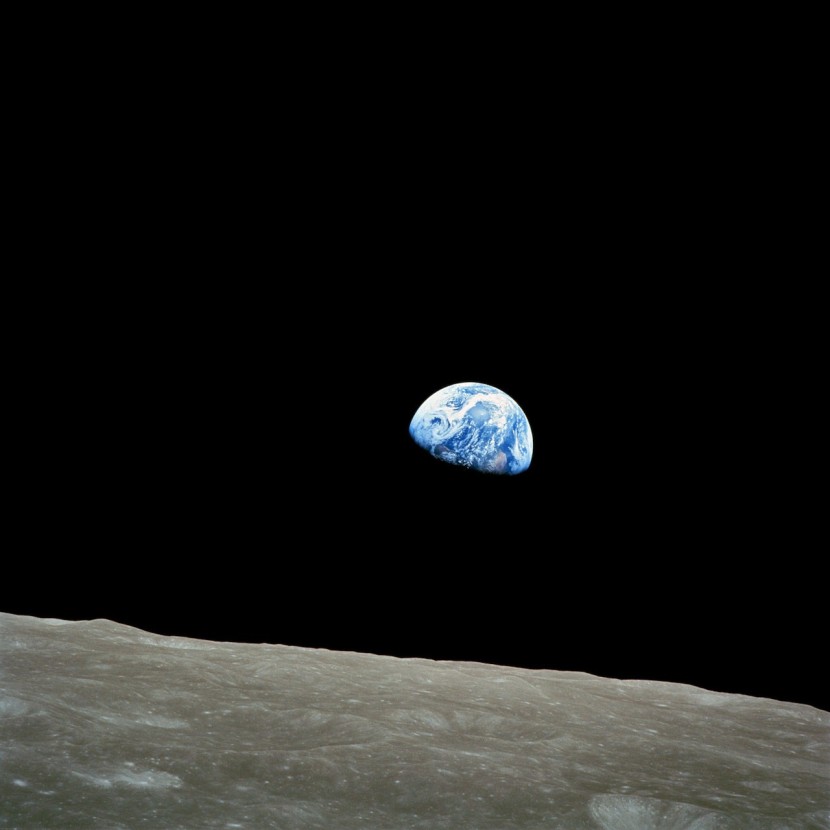
Scientists have discovered two exoplanets that are roughly 1.5 times that of the Earth and are covered mostly in water orbiting a nearby star.
A crew of exoplanet hunters on Thursday published the study in the journal Nature Astronomy, where they announced that they have furthered human's alien world repertoire. The team used NASA's orbiting Hubble Space Telescope and retired Spitzer Space Telescope to make the discovery.
Potentially Water-Filled Exoplanets
Scientists identified the two exoplanets that seem to be immersed in blankets of water, which is known to be necessary for life to thrive. The planets were named Kepler-138 c and Kepler-138 d and are sitting in a star system roughly 218 light-years away from Earth.
The two exoplanets are orbiting a dim, red dwarf star and boast masses that are approximately twice that of our planet. Previously, Bjorn Benneke, a professor at the University of Montreal, said that they previously thought that the two planets that are a bit larger than Earth were big balls made of metal and rock, as per CNET.
Benneke, who is a co-author of the published paper, said that it was the reason why the team called the exoplanets super-Earths. NASA's online Exoplanet Catalog also still refers to Kepler d as a "potentially rocky" world.
However, the scientist added that recently discovered evidence showed that the two exoplanets are, in fact, quite different in nature. A large portion of the two cosmic objects' volume was likely composed of water.
According to Science Alert, Benneke added that it was the first time that they observe planets that can be confidently identified as water worlds, which is a type of planet that was theorized by astronomers to exist in the universe for a long time.
Studying Cosmic Objects
Determining what planets outside of our Solar System are made of usually requires an extreme level of analysis. This is because exoplanets are very far away and are very dim compared to the light emitted by the stars they orbit. Furthermore, direct images are incredibly difficult to obtain and subsequently very rare, and do not show much detail.
Scientists commonly infer an exoplanet's composition from its density, which is calculated using two measurements. The first one is taken from the eclipsing, or transit, of the star's light by the planet. The other is from the star's radial velocity, or "wobble."
Using the amount of light that gets blocked by the transit tells experts the size of the planet, from which they can determine a radius. Radial velocity is induced by the gravitational tug of the exoplanet, which is seen as a regular but very small expansion and contraction of the wavelength of the star's light as it gets pulled out. This movement's amplitude tells how much mass an exoplanet has.
The two planets being water worlds is not the only mystery to the recent finding as the four-world model that scientists used to study them is still missing the last cosmic body. They have yet to see this fourth planet transiting in front of the star within the Kepler system, BGR reported.
Related Article : NASA Launches New SWOT Satellite Seeks To Survey Millions of Earth's Rivers, Lakes








